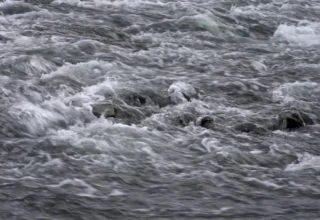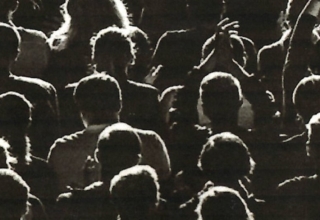
Content of this Issue
Following is a summary of (and link to) each essay contained in this issue of The Future of Coaching.
In Search of Truth I: Hubris and Narcissism
Leaders who attempt to predict the future make mistakes. What tends to worsen these situations and make them more dangerous is that people with the most knowledge can tend to emerge as leaders, with lots of influence on the people around them.
In Search of Truth I: Hubris and Narcissism | Library of Professional Psychology
In Search of Truth II: The Dance of Collusion
A powerful process called collusion is operating when the expert and advice-follower dance together in creating an illusion of knowledge and foresight. Collusion is a complex and often subtle process, typically involving all parties in a relationship or group. Even if a participant is not actively involved in the collusion, the mere acquiescence to the collusion will exacerbate the collusive process.
In Search of Truth II: The Dance of Collusion | Library of Professional Psychology
The VUCA-Plus Challenge of Expertise; Dancing on a Moving and Warped Plain
The leaders operating in 21st Century societies often must deal with major challenges associated with the anxiety experienced by members of their society. This anxiety can be induced in many ways—and there are multiple sources of societal anxiety. We often seem to be stranded on a boat that is caught up in the “perfect storm” of societal anxiety. Perhaps the easiest way to sum up the multiple sources of anxiety is to evoke the now commonly used acronym: VUCA (volatility, uncertainty, complexity and ambiguity). The challenges in a VUCA environment involve both determining what is “real” and how one predicts and makes decisions based on an assessment of this elusive reality. Leadership and decision-making in our 21st Century societies has become even more challenging given the big VUCA wave that is hitting us right now—the COVID-19 invasion.
Harmlessness and the Leadership Spectrum
Can we lead a life when no harm is being done to other people—or do we harm other people through the actions we have taken (or not taken)? Can we ever lead a harmless life or is our world designed in such a way that harm is inevitable? Is this especially the case when we are in a leadership position? Do leaders, by nature of the decisions they make on behalf of others, cause more harm than non-leaders? With the best of intentions, are we inevitably going to leave someone feeling wounded, ignored, misunderstood, betrayed – or at least disappointed? This essay is all about these important (and often haunting) questions and about the way harm and harmlessness play out in the darmlessness and the Leadership Spectrumecisions and actions taken by leaders who embrace differing styles of leadership.
Harmlessness and the Leadership Spectrum | Library of Professional Coaching
















